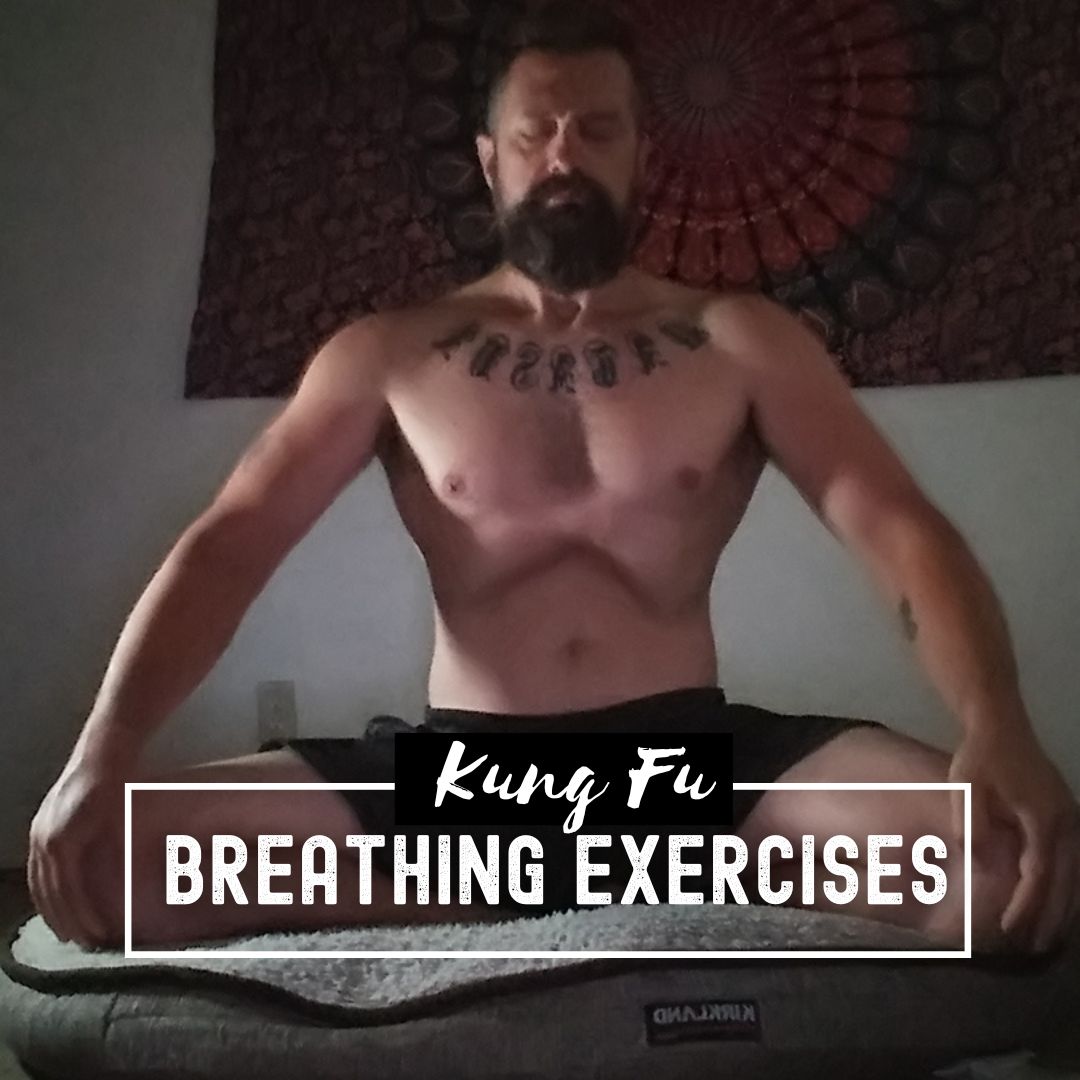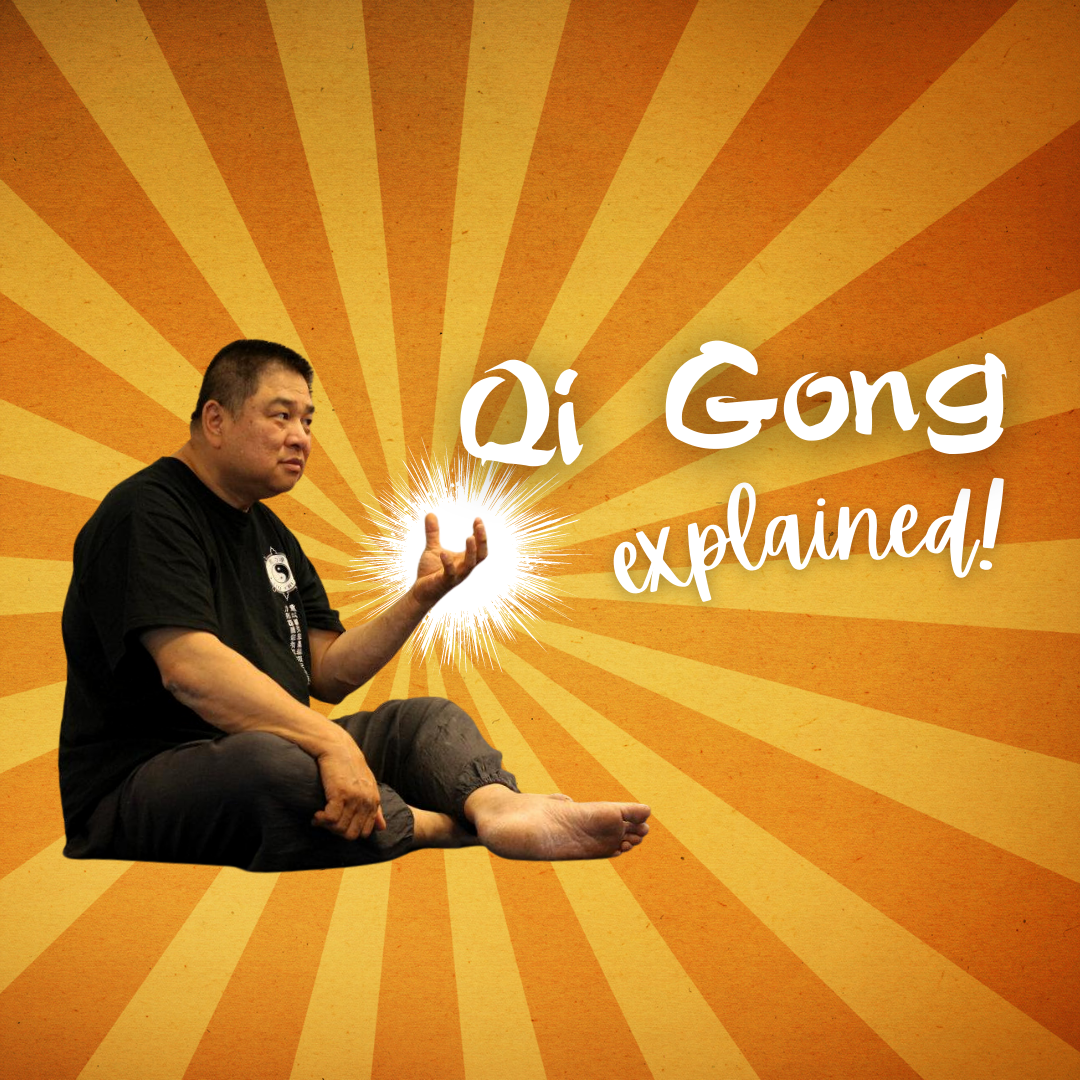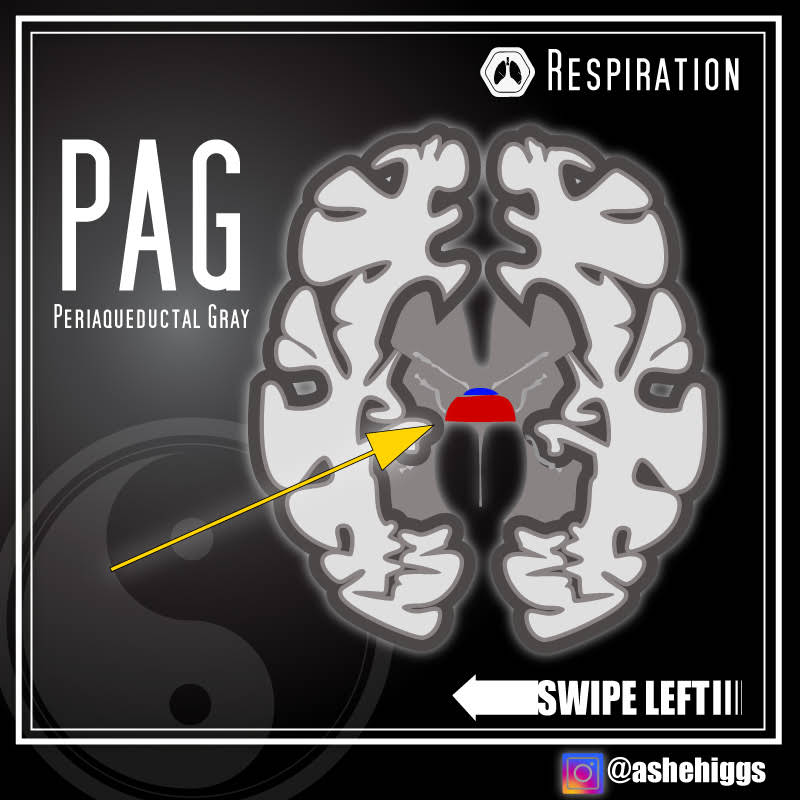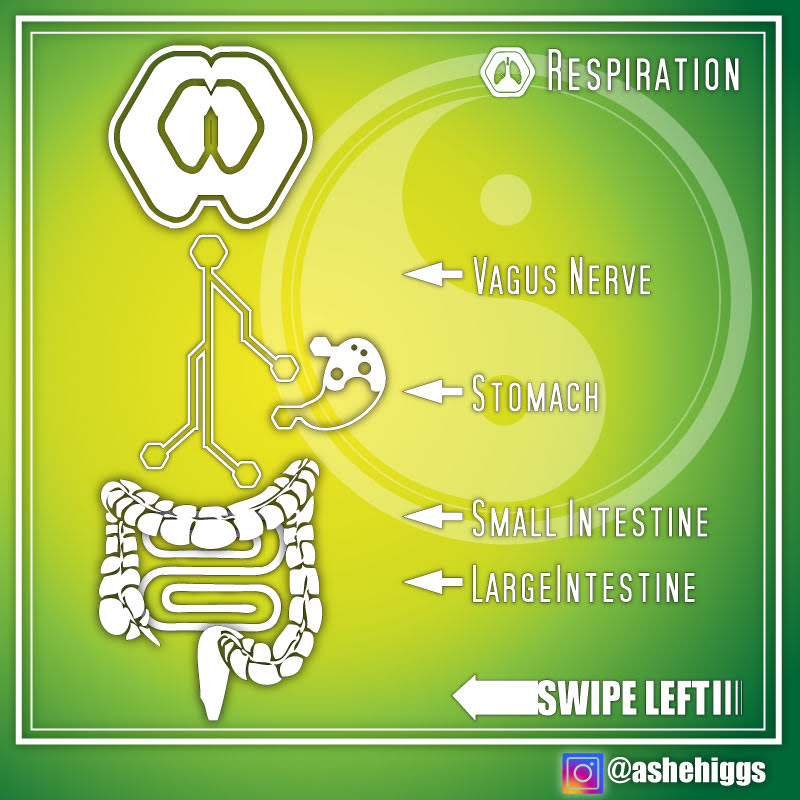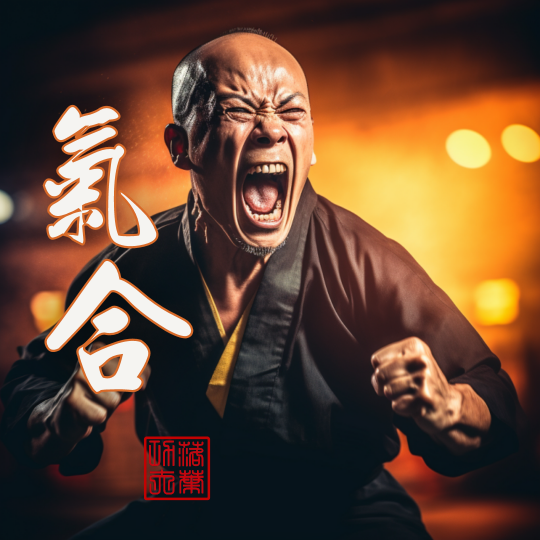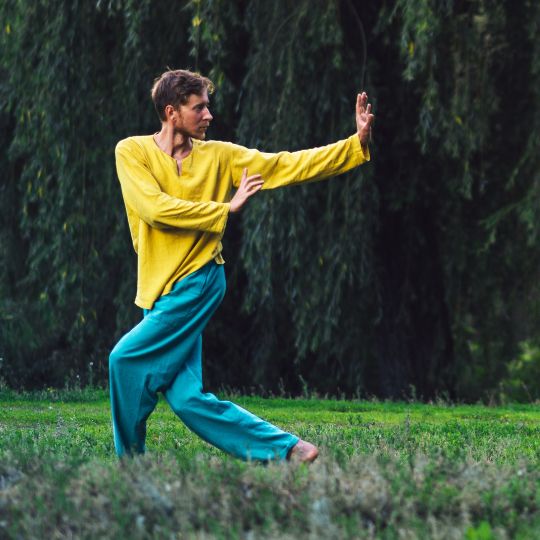
Qigong for addiction is a growing area of interest in the field of addiction recovery. As more attention is paid to the mind-body connection in clinical settings, Qigong/chi kung 氣功 is emerging as a promising tool for individuals seeking to overcome addiction. This gentle practice can help individuals improve their physical and energetic health while promoting cognitive thinking and impulse control, making it an effective supplement to traditional addiction treatment methods.
I recently had the pleasure of interviewing my friend Greg about his experience with addiction and recovery and the role that Qigong has played in his journey.

Introduction to Qigong
Qigong is a powerful mind-body method that involves coordinated movement, breathing, and visualization, rooted deeply in Chinese medicine, philosophy, and martial arts. With its name derived from qi/chi 氣, meaning “life energy,” Qigong is focused on supporting balance and vitality. This holistic practice has been handed down from the Old Masters, who discovered that the breath was the secret to power and longevity millennia ago.
As a gentle yet potent exercise system, Qigong has become increasingly popular worldwide, drawing comparisons to yoga due to its ability to help practitioners relax and find calm amidst the stresses of modern life. In addition, the practice is now recognized as a potential tool in addiction recovery, offering a holistic approach to treatment that incorporates the physical, energetic, and spiritual aspects of healing.

Through the coordinated movements, deep breathing, and visualization techniques used in Qigong, individuals can cultivate a sense of balance and inner stillness that can be invaluable in recovery. In addition, by focusing on the cultivation and circulation of qi, Qigong can promote antioxidant activity and improve the function of organs and systems in the body.[1] Qigong has been known to help individuals manage withdrawal symptoms and reduce cravings during addiction recovery. With its many health benefits, Qigong is now recognized as a potential tool in addiction recovery, offering a holistic approach to treatment.
Greg’s Experience With Addiction & Recovery
Before entering recovery, Greg’s life was consumed by addiction. He would use substances to change how he felt, including alcohol and other drugs. However, the addiction lifestyle was dangerous and violent, which led to Greg feeling vulnerable and alone. At the time, Greg’s daughter was very young, and she played a major role in his initial drive to get clean and sober.
After entering recovery, Greg began exploring martial arts as part of his search for a new way of life. He settled on Tai Chi but struggled with coordination and had no natural ability. Finally, however, he committed to the process of learning and refining his movements. “That commitment to a process started to feel good, which helped my self-esteem, you know, and being patient with slow progress,” Greg shared.

Martial arts played an important role in helping Greg become calmer and even-tempered, giving him confidence in his abilities to defend himself. “I became calmer, less prone to emotional outbursts. It seemed I became more even-tempered,” he observed. The practice also instilled perseverance and discipline in him, which helped him treat his addiction. “The martial arts played a big part in instilling that [perseverance]. “My wife tells me I have a lot of discipline, and that wasn’t the case before recovery,'” Greg reflected. “It was all about immediate gratification and impatience before I got clean.”
The Role of Martial Arts in Addiction Recovery
During the interview, Greg shared how he got into practicing Qigong and Tai Chi. He started investigating and collecting magazines about these practices about six years after getting clean and started with Tai Chi at the end of 1994 or the beginning of 1995. He eventually became a senior associate instructor, teaching beginners Qigong and Tai Chi. “That became my expertise,” he said.
Discovering Qigong: Greg’s Expertise and Teaching Experience
During the interview, Greg shared that he wrote a book titled “Chi Kung in Recovery: Finding Your Way to a Balanced and Centered Recovery.” The book was published in 2013 and is still in print, offering a unique perspective on the role of Qigong in addiction recovery.
Greg’s book focuses on how Qigong can help people in treatment, as addiction can do significant harm to the body. “It’s really taking a look at the physical, even though Qigong is much more than that. People understand that they’re doing something physical,” he explained. Qigong is a gentle practice that is easier for people than yoga and can help improve physical and energetic health. “Qigong ends up being something you can actually do to improve and continue to improve your life,” he said.
“Chi Kung in Recovery” is a valuable resource for anyone interested in exploring alternative approaches to addiction recovery and can be found online or at select bookstores.
Qigong as a Treatment Tool for Addiction
Qigong can be helpful for individuals in recovery or even if they are still in active addiction. However, Greg mainly focuses on teaching Qigong to individuals after detox when they start recovering physically. Qigong is an effective treatment tool as it can help with cognitive thinking and impulse control, which can help prevent relapses. The practice also promotes detoxification, as it helps to move energy and blood through the body. “It is really good for people in treatment because of the severe abuse and dysregulation the addict lifestyle has on our mind and body,” Greg explained.
The Importance of Community and Support in Addiction Recovery
It is important to note that Qigong is not a substitute for traditional addiction treatment methods but can be a helpful supplement. Greg emphasized the importance of a supportive community and having people to lean on during times of difficulty. “I had all these people that I could kind of lean on for strength when times were looking kind of scary,” he said. He credits the support of the people in the recovery community for helping him stay clean during difficult times.
Greg’s story is a testament to the power of qigong and martial arts as a path to a healthier, more productive way of living. Qigong and Tai Chi have been instrumental in his recovery journey, and he has shared his knowledge and experience with others through teaching and writing.

Qigong is a gentle practice that can improve physical and energetic health and promote detoxification, making it an effective tool for addiction recovery. “Recovery is not something you learn, like, Okay, I’m done. Now, you know, you have to stay plugged in [to a program because relapse is always a risk],” Greg emphasized. Qigong can help individuals maintain their recovery by improving their physical and energetic health and promoting cognitive thinking and impulse control.
Overall, Greg’s experience with addiction and recovery highlights the importance of finding a practice as well as a community that can provide support during difficult times. Qigong and Tai Chi have been instrumental in his journey, helping him improve his physical and emotional well-being. His dedication to these practices has also allowed him to share his knowledge and experience with others, ultimately helping those struggling with addiction find a path to recovery.
Qigong for Addiction Recovery
Qigong’s ability to harness life energy and promote balance makes it a promising treatment tool for those struggling with addiction. Moreover, scientific research has backed its positive effects on addiction, proving its efficacy in fostering recovery.
In a study reported by the National Qigong Association, 50 men in treatment for early-onset alcoholism participated in Qigong/Tai Chi alongside medication and group therapy. A comparable control group received medication, group therapy, and yoga but did not practice Qigong. Assessments conducted after 18 days and six months revealed significant differences between the two groups. The Qigong group showed improvement in cognitive thinking and impulse control early on and, after six months, experienced significantly fewer relapses and longer periods of abstinence.[2]
Additionally, a recent systematic review and meta-analysis by Kumar et al. examined the effects of qigong and tai chi exercises on individuals with drug addiction. The study found that qigong and tai chi exercise had a significant overall effect on depression, anxiety, quality of life, and sleep quality in individuals with drug addiction. Qigong was found to outperform tai chi in improving depression, anxiety, and sleep quality.[3]
Qigong’s benefits extend beyond cognitive improvement, as it also aids in detoxification by helping cleanse the bloodstream. By promoting relaxation, self-care, and energy generation, Qigong supports the achievement of many recovery goals. In addition, its spiritual aspects contribute to healing and fostering a sense of community among practitioners.
Conclusion
While Qigong and other holistic practices can be helpful supplements to traditional treatment methods, they are not a substitute for professional medical or psychological care. However, Qigong and Tai Chi may be worth considering for individuals interested in exploring alternative approaches that enhance addiction recovery.
In conclusion, Qigong’s life energy and focus on balance make it an effective, holistic approach to addiction recovery. By addressing cognitive, physical, and spiritual healing aspects, Qigong can help individuals regain control over their lives and reduce their chances of relapse. As more people discover the benefits of this ancient practice, Qigong is poised to become an increasingly important tool in the battle against addiction.
About the Author

Ashe Higgs, I Liq Chuan Master Instructor & L2 Nutrition Coach
Ashe is a highly skilled martial arts instructor and certified nutrition coach with over two decades of experience in the field. He holds a Master Instructor certification in I Liq Chuan under Sam FS Chin, making him one of only several individuals worldwide to hold the title. He has taught classes and workshops worldwide and is passionate about helping others achieve their fitness and wellness goals.
With a background in full-contact fighting and a Level 2 certification from Precision Nutrition in nutrition coaching, Ashe is a well-rounded expert in the fields of martial arts. In addition to his expertise, he has a wealth of experience in teaching and mentoring others. He has a natural ability to connect with his students and inspire them to reach their full potential.
Disclaimers & Conflicts of Interest
I am not a doctor or a lawyer, and the information provided should not be considered medical or legal advice advice.
The information provided is for educational and informational purposes only and should not be used as a substitute for professional legal or medical advice, diagnosis, or treatment. Consult your doctor or a qualified healthcare professional before making any changes to your diet, exercise routine, or lifestyle.
Please note that some of the links provided in this content may be affiliate links, meaning that I may receive a small commission if you purchase through them. However, please rest assured that any products or services recommended are based on my personal experience and belief in their value. I only recommend products or services that I have personally used and believe in.
References
- Hsu, Mei-Chi, et al. “Effects of Baduanjin exercise on oxidative stress and antioxidant status and improving quality of life among middle-aged women.” The American journal of Chinese medicine 36.05 (2008): 815-826.
- Kumar, Rajesh, et al. “Effectiveness of an Integrated Intervention Program for Alcoholism (IIPA) for enhancing self-regulation: Preliminary evidence.” Asian journal of psychiatry 43 (2019): 37-44.
- Cui, Jiabao et al. “The Impact of Qigong and Tai Chi Exercise on Drug Addiction: A Systematic Review and Meta-Analysis.” Frontiers in psychiatry vol. 13 826187. 8 Mar. 2022, doi:10.3389/fpsyt.2022.826187



